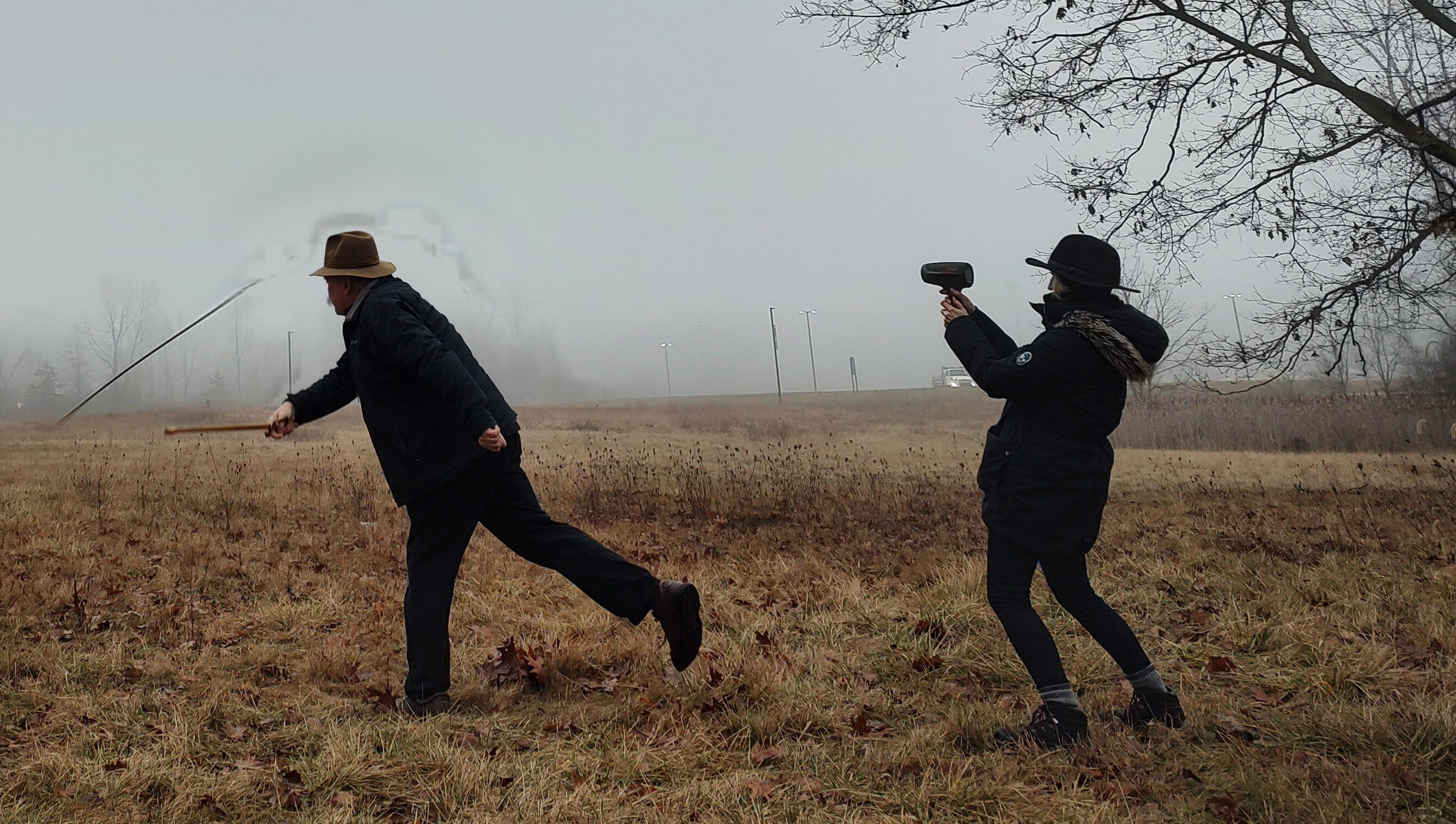A new study led by archaeologist Michelle Bebber, Ph.D., an assistant professor in Kent State University’s Department of Anthropology, has demonstrated that the atlatl (i.e., spear thrower) functions as an “equalizer,” a finding which supports women’s potential active role as prehistoric hunters.
Bebber co-authored an article “Atlatl use equalizes female and male projectile weapon velocity” which was published in the journal Scientific Reports. Her co-authors include Metin I. Eren and Dexter Zirkle (a recent Ph.D. graduate) also in the Department of Anthropology at Kent State, Briggs Buchanan of University of Tulsa, and Robert Walker of the University of Missouri.
The atlatl is a handheld, rod-shaped device that employs leverage to launch a dart, and represents a major human technological innovation used in hunting and warfare since the Stone Age. The first javelins are at least hundreds of thousands of years old; the first atlatls are likely at least tens of thousands of years old.
“One hypothesis for forager atlatl adoption over its presumed predecessor, the thrown javelin, is that a diverse array of people could achieve equal performance results, thereby facilitating inclusive participation of more people in hunting activities,” Bebber said.
Bebber’s study tested this hypothesis via a systematic assessment of 2,160 weapon launch events by 108 people, all novices, (many of which were Kent State students) who used both javelins and atlatls. The results are consistent with the “atlatl equalizer hypothesis,” showing that the atlatl not only increases the velocity of projectile weapons relative to thrown javelins, but that the atlatl equalizes the velocity of female- and male-launched projectiles.
2023-08-18 20:48:03
Post from phys.org



















